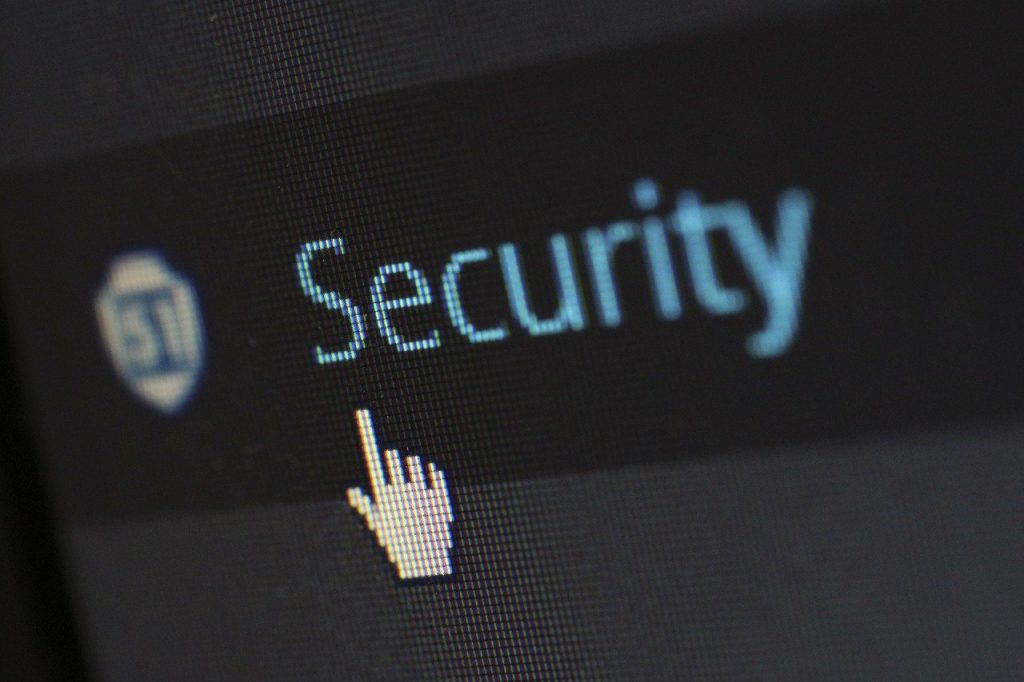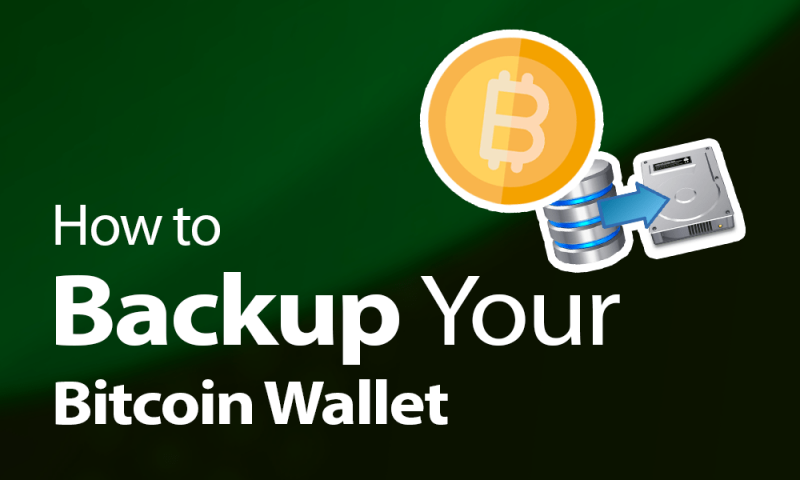For any cryptocurrency under the sun, the control of funds lies squarely on whoever has access to the private key. And it is your wallet, which stores this private key on whatever device you set it up on. As such, it behooves any cryptocurrency owner to have a backup of this private key in the case said devices get lost, damaged, destroyed, or stolen.
Features of Cryptocurrency Backup


Backups come in three primary forms. A seed phrase, which is a 9-to-24 word passphrase of regular words. Or a wallet file backup, like a wallet.dat. Alternatively, it could be in the form of a private key, which is a long alphanumeric string.
The kind of backup your wallet generates just depends on the wallet that you’re using. So once you generate your backup, you will choose whether to email, Bluetooth, or Telegram it to yourself – among other options regardless of what kind it is.
READ ALSO: Adopting Bitcoin-A Lightning Summit in El Salvador
This article is going to shed light on a few different ways to create a backup. Read on.
Ways to Backup Cryptocurrency Secret Keys
1. Software/Hot Wallets
Software wallets, while popular, are more prone to hacking and phishing. Since the seed is always online, it’s vulnerable to malware, viruses, etc. Additionally, you could lose the device that hosts your wallet, thereby risking losing access if you don’t have your seed backup.
That being said, restrict using your software wallets for smaller crypto transactions and not for hodling.
2. Hardware/Cold Wallets
They are much better and secure than software wallets since your private key or your seed phrase is never online. As such, it never leaves the device ensuring you’re not vulnerable to malware. It is protected and has a secure chip.
Additionally, whenever you have to make a transaction you have to sign for it using the actual hardware wallet.
3. Steel Plate
Arguably one of the best ways to store your seed or your private key for long-term storage. You simply punch words into the steel plate which is resistant to both water and fire! Moreover, you can store it anywhere you trust. Like burying it underground/somewhere or putting it in a bank deposit box.
4. Paper
While it is one of the most old-school methods out there, writing down your wallet’s security backup on paper is still very efficient. Unless the people around you are explicitly aware that you have just set up a wallet, not many would think that a series of random words have a cause. It does have its risks though, therefore do some research on how to keep your funds safe.
READ ALSO: Bitcoin is Not a Fad: Senator Hume Defends Cryptocurrency
Rules of Thumb for Backups
- Store it offline: This goes hand in hand with not allowing any form of digital media to access it. This means not having any cameras or microphones around you that may pick up on your sensitive info.
- Store it in different locations: This is a no-brainer. If your original key/seed phrase is in your laptop, do not store the backup in the same location where you store your computer.
- Divide seed phrases: Suppose you have a 12-word seed phrase. You don’t want to store its backup in the exact order that you were given. Therefore, come up with clever ways to list them. Like listing the even-numbered ones first, then the odd ones next.
- Don’t trust anyone: Last but definitely not least, do not let anyone in on your crypto safety key. Not unless you trust them completely. We need not remind you that your finances are literally at stake!





